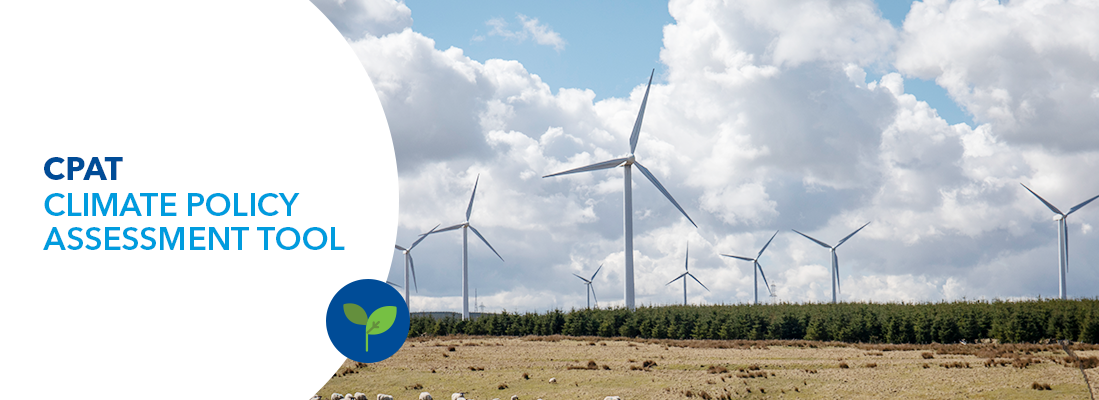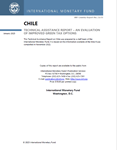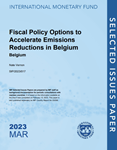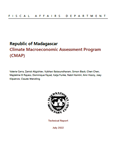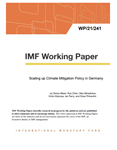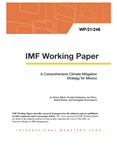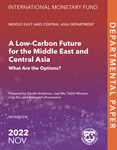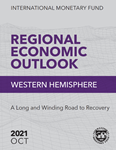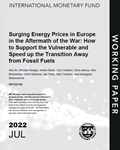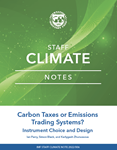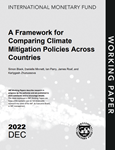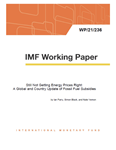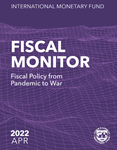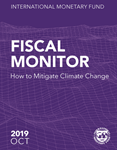What is the CPAT?
The Climate Policy Assessment Tool (CPAT) is a spreadsheet-based model which helps policymakers to assess, design, and implement climate mitigation policies.
CPAT allows for the rapid estimation of effects of climate mitigation policies for over 200 countries. This includes impacts on energy demand and prices, CO2, and other greenhouse gas (GHG) emissions, fiscal revenues, GDP, welfare, distributional impacts on households and industries, and development co-benefits like health benefits from reductions in local air pollution and road accidents.
Policies covered include carbon pricing (carbon taxes and ETSs), fossil fuel subsidy reform, energy price liberalization, electricity and fuel taxes, methane fees, VAT harmonization, energy efficiency and emission rate regulations, feebates, renewable subsidies and feed-in tariffs, green public investments, and combinations of these policies. These are evaluated against a range of metrics to help understand tradeoffs and tailor reforms to local contexts.
CPAT helps policymakers design, assess, and implement policies for accelerating decarbonization, achieving a just transition, and supporting other government objectives such as poverty eradication and increasing energy access. CPAT also provides consistent cross-country estimates of projections of emissions, fuel use by major energy sector, mitigation effort, and efficient fuel prices.
The tool is transparent and user-friendly, requiring little prior knowledge and no external data to run. It is parameterized to be to be broadly consistent with a wide range of ex ante models as well as the ex post empirical literature.
CPAT is the result of a multi-year collaboration between IMF and World Bank staff. It evolved from an earlier IMF tool and has been significantly upgraded to include more policies, sectors, fuels, and impacts.
For details on the methodology, key inputs, assumptions, outputs, and caveats, please see The Climate Policy Assessment Tool.
How is CPAT used?
IMF staff have used the tool extensively in cross-country reports (like the Fiscal Monitor and IMF Staff Climate Notes), country-level analyses for Article IV reports, technical assistance reports, regional analyses, global reports, and thematical papers. For examples, see below.
Country and Regional Analyses
Global and Thematic Analyses
How do I access CPAT?
Government representatives can request the tool by reaching out through their country’s respective Executive Director (ED) office, which can be found here.Who is CPAT?
CPAT has been developed by IMF and WB staff with contributions from a large range of individuals.
Core Staff
Simon Black, Ian Parry, Nate Vernon, Karlygash Zhunussova, Anthony Liu, Danielle Minnett, Sunalika Singh
World Bank Group Team
For the World Bank side of the CPAT team, alongside additional technical guidance and examples of use, please see the World Bank Group's accompanying webpage here.



